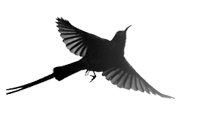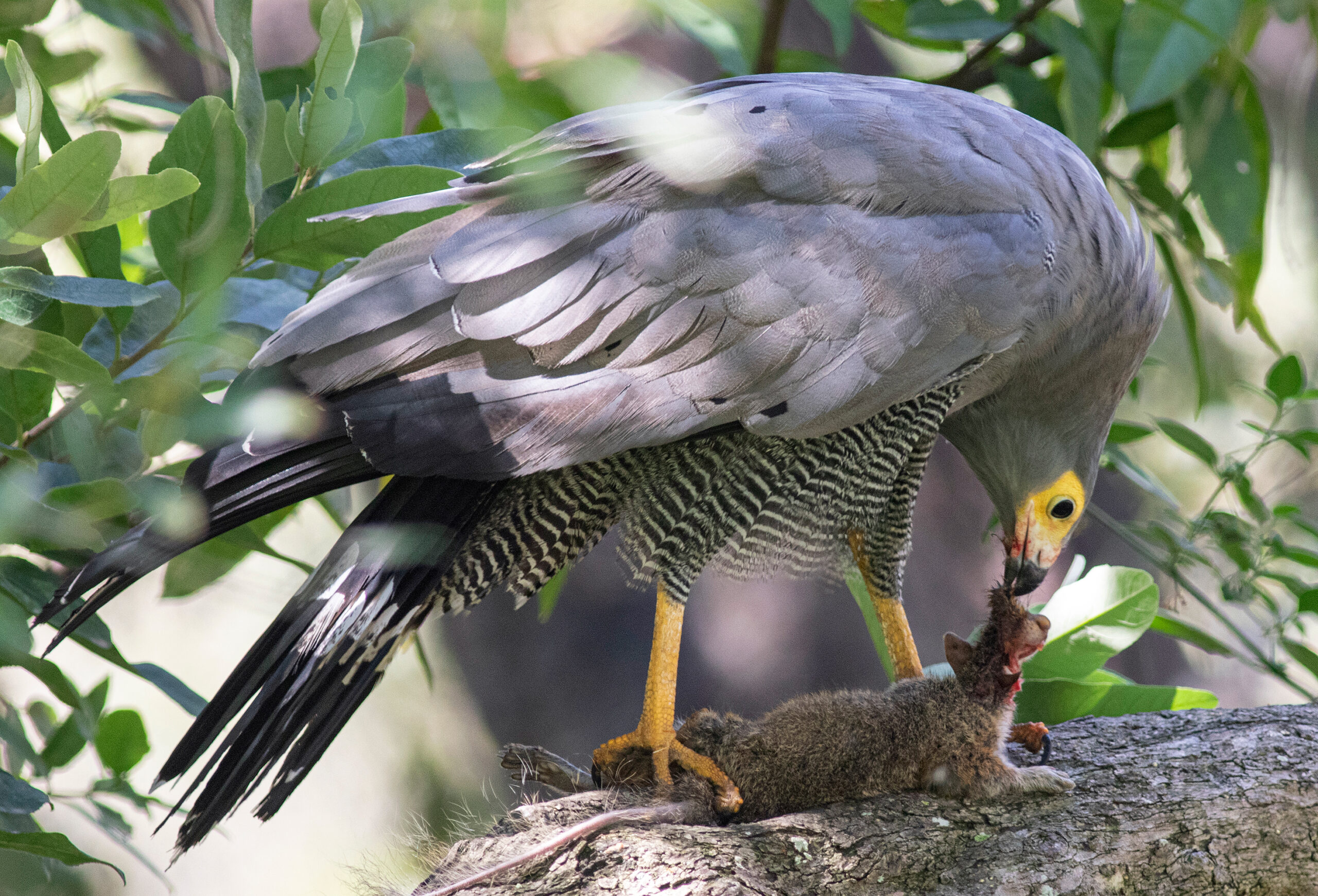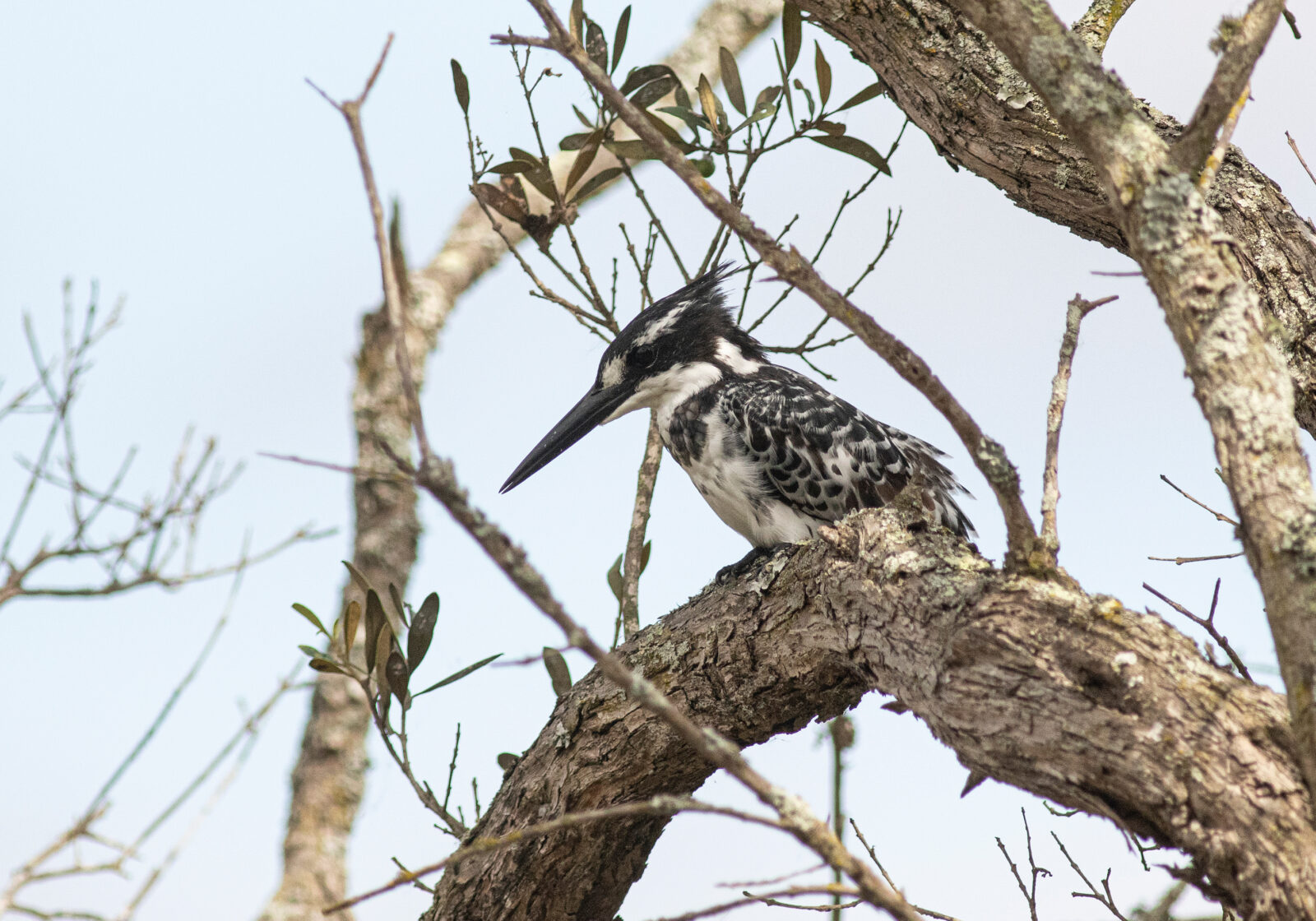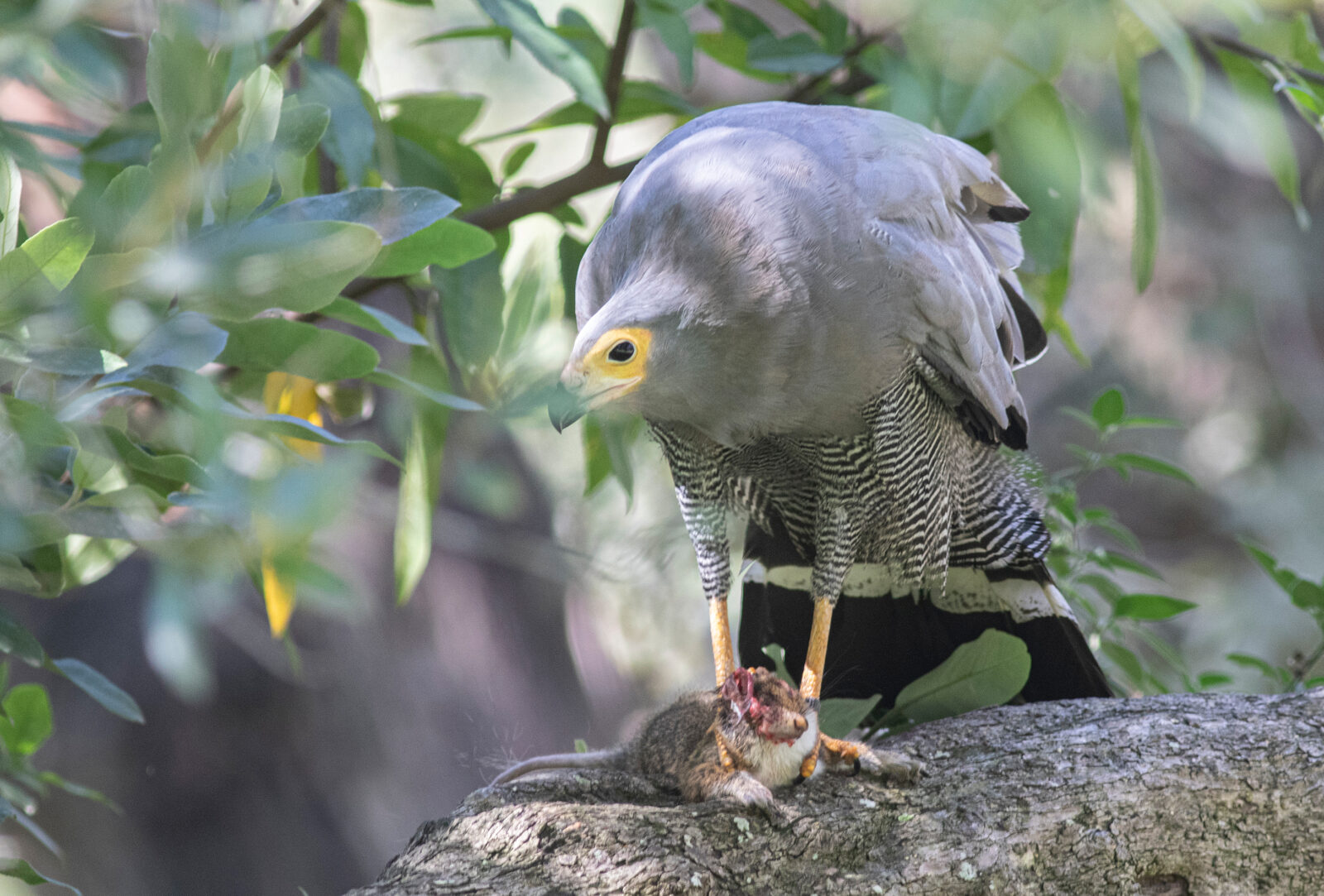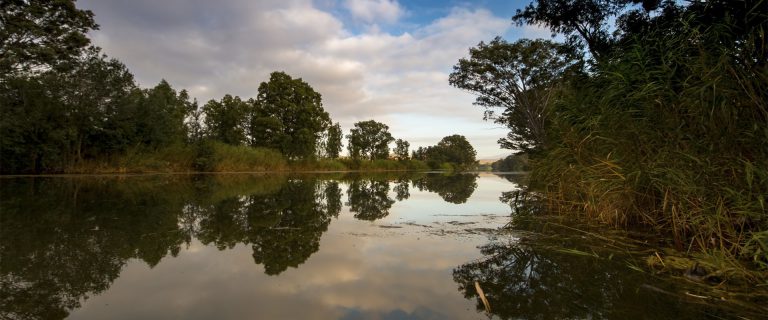Incredible Bird Interactions At Spier, Stellenbosch
On Saturday, March 15th, 2025, we set out on a mission to try and get some good bird photographs rather than going after one bird in particular. The idea was to travel around the Helderberg, stopping at various locations and doing some short birding to see what turned up.
Of course, there’s always the desire to find something special. But after all the fast-paced twitching, we wanted a more relaxed day of birding.
Birding Around Somerset West
To start the day, we took a drive to Raithby, a somewhat agricultural area of Somerset West that lies snuggly between it, Kuilsriver, and Stellenbosch. So far we haven’t had much luck in these areas, but they are a good spot for aerial feeders, which we often see above the vineyards leading to Somerset College.
I think one of the main contributing factors behind my obsession with Raithby is the now historic sighting of a Wooly-Necked Stork by Somerset College just before I started twitching, circa 2010. Knowing the potential, and also the reality that the bird is never likely to return (or still be alive), I still have to check.
Brilliant Bird Interactions With A Family Of Common Moorhens
With Spier being an excellent birding location within 25 kilometers from home, it’s a spot I’ve spent a fair bit of time at over the years, and while the species are somewhat consistent, the photograph opportunities are often great, but nothing like we had this time.
Within minutes after parking, we walked to the main pond near the restaurants and quickly located a family of Common Moorhens with chicks that they were feeding. The interaction was awesome. The parent bird had caught a small fish and was carrying it around to its youngsters.
Every so often, one particularly disobedient chick would steal the fish and run off with it, pacing across the tops of the Water Lilies. The parent would soon catch up and retrieve the goods, but it was amusing watching the dynamics at play. Inversely, one of the chicks was more shy, often hiding at the back until the parent focused specifically on it.
To call a Moorhen chick cute may be a tough task, with their heads resembling those old neglected dolls, like in Toy Story. You know, the one that morphed into a mechanical spider-creature? But still, there was some cuteness to them.
Obliging Kingfishers
Just meters from this sighting, we found a couple of Malachite Kingfishers which were hanging around a small reeded area. While these two birds weren’t particularly photogenic, the same can’t be said about the trio of Pied Kingfishers we came across on the other side of the pond.
Two of the three birds flew off when we rounded the corner, but one stuck around and gave us some lovely views as it looked down into the pond from a nearby overarching branch.
Nearby a majestic African Darter posed on an isolated rock. It was also here that I got some of my favourite Sacred Ibis images I’ve gotten. A single bird came in from the southeast, the morning sunlight hitting him from below as he pitched himself in the landing.
Sacred Ibis are often overlooked due to their prevalence (and probably relation to the Hadeda, a species which has mixed reviews among South Africans).
We continued to walk around the pond in a westerly direction, the clouds now burning off and increasing the temperatures. Here we found another one of the Pied Kingfishers, on an isolated tree, again, giving us some really nice views.
While we were shooting the bird, we heard a call from across the grass. We turned around and saw another female birder, camera in hand, telling us that they’ve got an African Harrier-Hawk feeding on a squirrel.
A Blood-Soaked, Brutal Feast
Not 50 meters away, we found another 2 birders watching the Harrier-Hawk feed. We got down onto the grass and went prone to get clear views of the bird through the foliage. It was sitting on a lower branch of a tree, no more than 2 meters from the ground.
By the time we got there, it appeared the African Harrier-Hawk had already stripped the squirrel’s tail of fur, making us initially think it was a rat.
We grabbed some shots, but the bird seemed to be done with eating, at least at that point. After 15 minutes of shots, we moved through Spier, picking up African Black Ducks, Jackal Buzzard, Black Saw-Wings and a few other common birds for the area.
After a warm, but pleasant walk, we stopped off at the raptor again – this time he was feeding, and what a brutal sight it was. I’ve personally never been one to enjoy excessive gore and find even nature cruel at times. Though I am also cognitively aware of the balance of nature. Still, seeing the Harrier-Hawk pull pieces of meat from the dislocated jaw, tendons ripping and tearing as blood covered his beak – could only be compared to a Cannibal Corpse album cover (you probably shouldn’t Google that).
The bird was clearly comfortable with where it was, at one point dropping the prey and having to drop down onto the ground to collect it. Even on the grass he was calm, occasionally looking at us from about 8 meters.
Once he was on the ground, we didn’t want to stay much longer, though, as we didn’t want the bird to feel stressed in the environment. Especially since our large lenses tended to attract the eyes of non-birders, who I often feel lack the understanding of ethics involved in this hobby and have no shame flushing birds.
We had set out hoping for a few good shots, but what we got was an outstanding visual display between various bird species. Even though Spier can sometimes get noisy and busy with recreational activities, I’m glad to see there’s still a thriving bird life at the farm.
